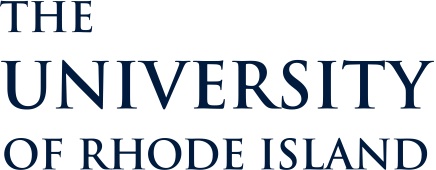The Coast Guard's ability to respond effectively to search and rescue calls, oil and chemical spills, and a wide variety of homeland security issues depends a great deal on local weather and marine conditions. The shipping industry, environmental managers, fishing fleets, and the Navy also rely on such information.
Thanks to a team of researchers led by a University of Rhode Island engineer, a new tool is available to quickly monitor and forecast coastal conditions around the world.
Developed over the last six years, COASTMAP is a computer-based, real-time system for monitoring and forecasting marine conditions. It can be used to predict the potential movement of an oil spill, direct search and rescue personnel where to look for a stranded boater, provide information to assist ships entering a port, or determine where a floating mine might come to rest, among many other uses.
"There's a great deal of data out there from government agencies and research institutes around the world, but it's extremely difficult to efficiently combine that data and use it to make forecasts," said Malcolm Spaulding, URI professor of ocean engineering. "The COASTMAP system can collect all that data very rapidly and provide it in a user-friendly format. What used to take environmental analysts hours to do can now be done in seconds."
Among the information available through COASTMAP is weather data, satellite imagery, marine navigation charts, Geographic Information System data, wind speed and direction, water temperature, tides and currents, wave heights, salinity, and other physical oceanographic information. The data is updated routinely. In addition to the raw data, the system includes a variety of data management and analysis tools and forecasting models.
"It's a globally re-locatable system, too, which means it can be adapted for use in any coastal environment in the world," Spaulding said.
If, for example, an oil spill were to occur off the U.S. coast, within seconds COASTMAP could collect weather data, wind speed and direction, and tides and currents from existing observation systems. It could then provide an hour-by-hour forecast of oil concentrations and pinpoint where the oil is likely to move. This would allow the Coast Guard, emergency response teams, and other crisis management personnel to plan and direct a safe and effective containment and cleanup operation.
COASTMAP was developed by a partnership of researchers at URI, Drexel University, Brown University, Applied Science Associates, and the National Oceanic and Atmospheric Administration with funding from the National Ocean Partnership Program, the operating arm of the National Ocean Research Leadership Council.
A simplified internet-based version of COASTMAP will be available for use by recreational users of coastal waters, like fishermen, surfers, and boaters. For instance, surfers can use it to determine wind and wave conditions at a particular coastal location, and sailors and fishermen can use it to access forecasts of wind speed and direction, water levels and tidal currents, among many other uses.
"We're providing the same sort of information service for the ocean as the National Weather Service provides for the land," said Spaulding.
A demonstration of COASTMAP for potential users will be conducted on Tuesday, April 22 from 9 a.m. to 4 p.m. at the University of Rhode Island's Bay Campus in Narragansett, R.I.
